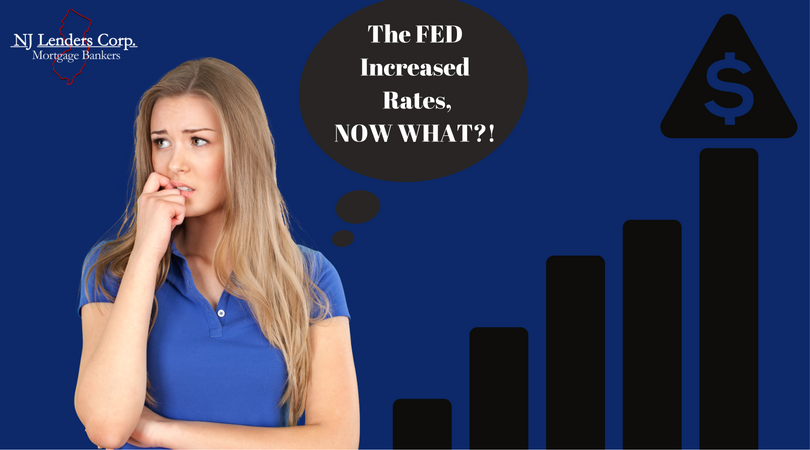
Fed Raising Rates: Much Ado about Nothing?

The sky is falling! The sky is falling! The Fed met last week and raised rates. What does that mean for the mortgage market and mortgage rates?
Not much. The Fed funds rate is the rate that banks lend money to each other on an overnight basis. The Fed raising rates a quarter percent does not instantly translate into a quarter percent increase in mortgage rates. Mortgage rates do not run parallel to the Fed rate. The perception is that all rates rise or fall based on a Fed decision, but, the reality is that the Fed rates have less of an instant impact and are more an indication of long-term borrowing trends for all types of credit.
Here’s why.
Mortgage Rates Are Up Already
Mortgage rates have increased substantially in the last few weeks following the election. There are many reasons for this (that we could discuss for hours), but because they have already risen around 0.5 percent or more, running to your lender even now means you are already too late.
Quick Reaction, and Then…
Mortgage rates typically see a quick jump with news of a Fed raise, but rates have already increased substantially. Why? Not only do mortgage rates not run directly parallel to the Fed rate, but often, the mortgage market has already reacted to the anticipation of an increase due to improving economic factors. Not only have we seen unemployment drop to new lows, but income growth is picking up and the stock market appears to be on solid footing (depending upon which expert you talk to, of course).
Prior to the last Fed rate increase in 2015, mortgage rates had also risen substantially, and after the Fed rate increase, mortgage rates actually started moving down. This is definitely a possibility for this Fed rate hike, as well.
Moral of the Story
Don't freak out or react based on sensationalist news. Get all the information before making decisions. The Fed rate does not equal mortgage rates. At one point in 2006, the Fed rate was around 4 percent and mortgage rates were around 5.5 percent. The Fed rate was at zero from 2009 until the end of 2015, and in that time, mortgage rates were as high as mid-5 percent and as low as mid-3 percent (or lower), so remember mortgage rates can change a lot without any influence from the Fed.
The long-used benchmark for monitoring likely changes in the mortgage rates is the yield on the 10-year Treasury. When it goes up, rates tend to go up—but even that is not a guarantee or direct correlation. There are many factors that affect mortgage rates both short and long term, so like the stock market, there is no perfect decision—only the most informed decision based on your needs and goals.